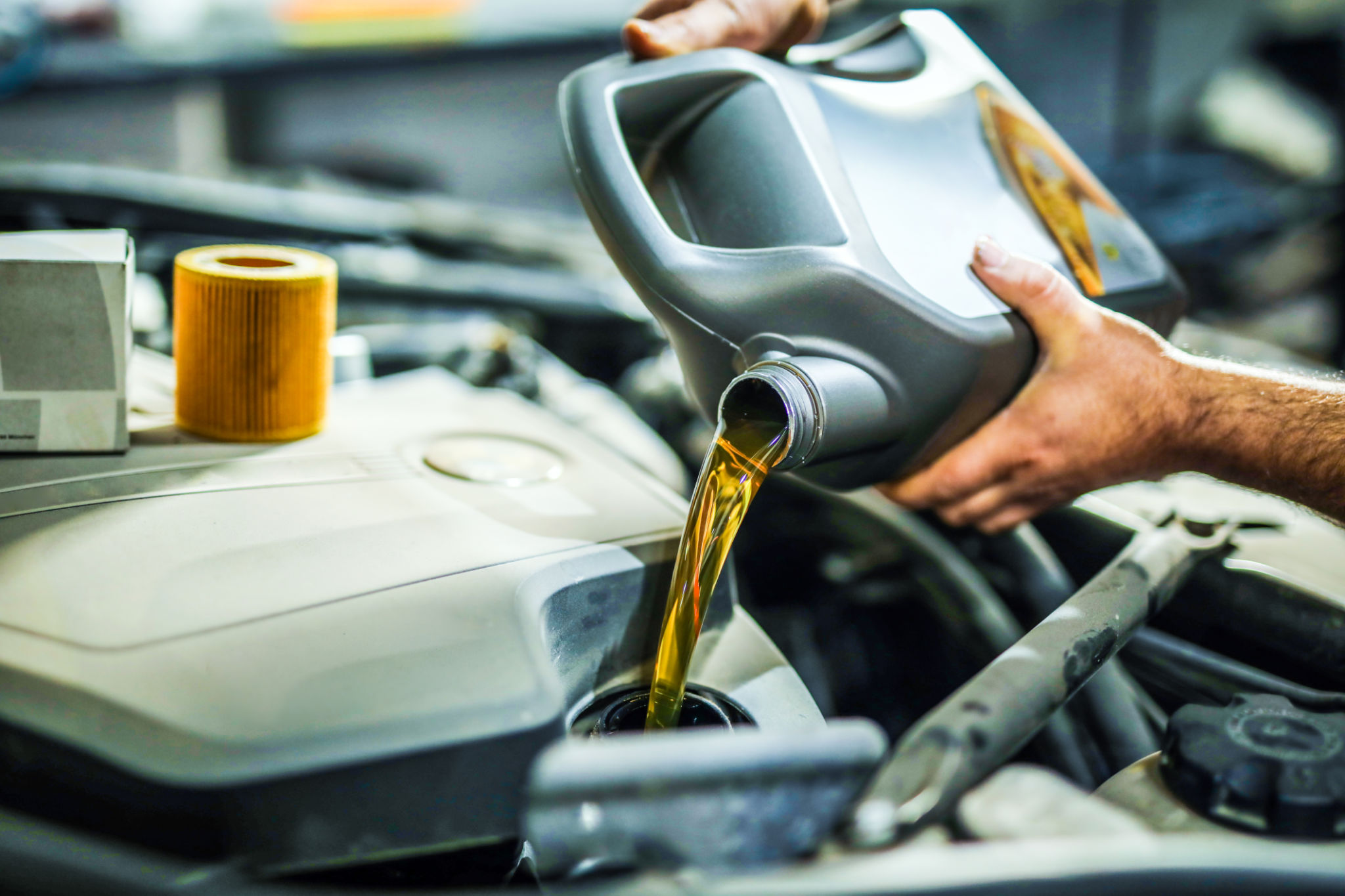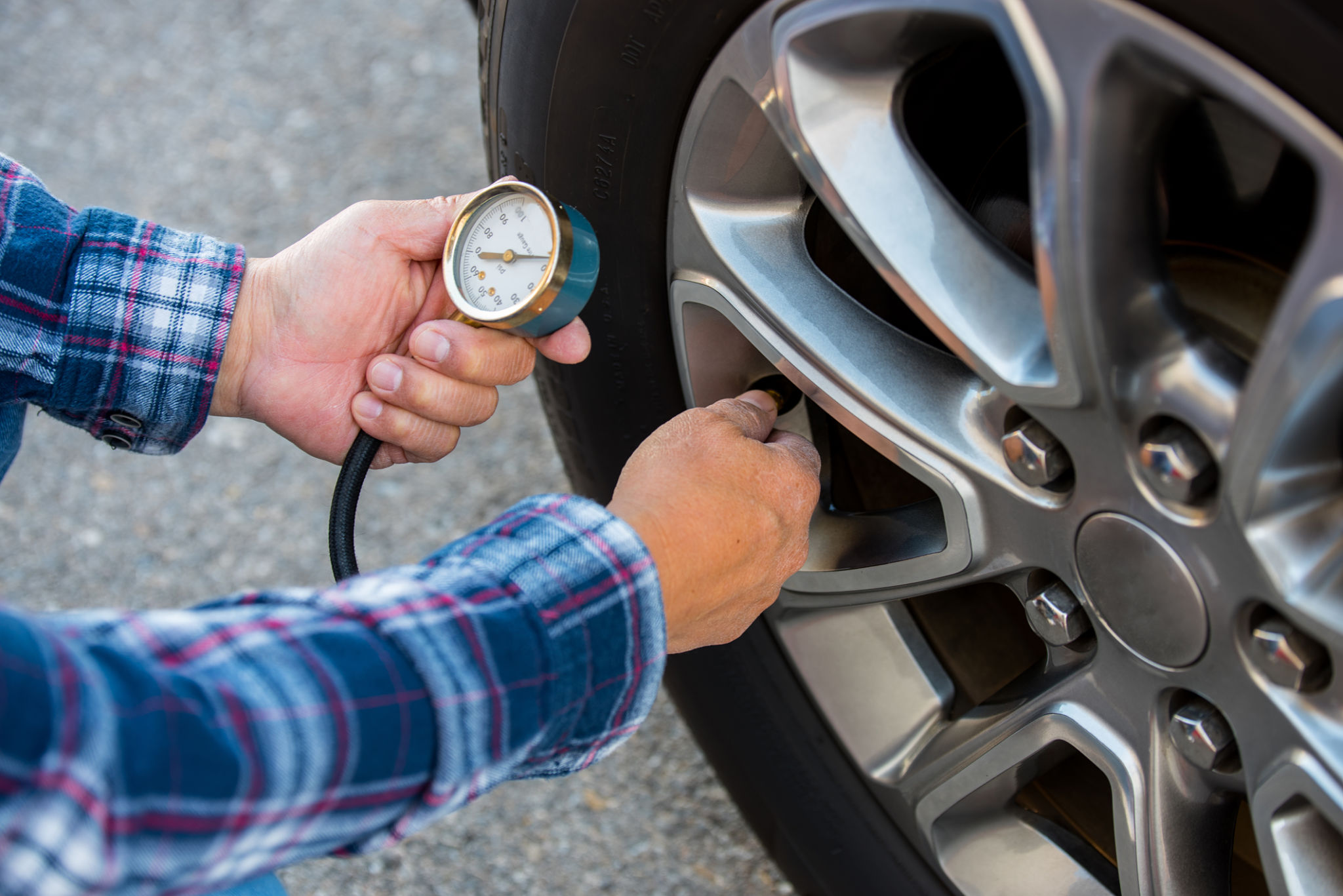DIY Tips for Basic Car Repairs: What You Can Do Before Calling a Mobile Mechanic
Understanding Your Vehicle
Before diving into DIY car repairs, it's essential to familiarize yourself with your vehicle. Understanding the basic components and how they work can save you time and frustration. Start by reading your car's manual, which provides valuable information about maintenance schedules, fluid types, and specifications. The more you know about your car, the better equipped you'll be to tackle minor repairs.

Essential Tools for DIY Car Repairs
Having the right tools is crucial for any DIY project, including car repairs. A basic toolkit should include:
- Socket set
- Screwdrivers (flathead and Phillips)
- Pliers
- Wrench set
- Jack and jack stands
- Tire pressure gauge
These tools will help you address common issues and perform routine maintenance. As you gain experience, you might want to invest in more specialized tools.
Checking and Changing Oil
Regular oil changes are vital for engine health. To check your oil level, ensure your car is on a level surface and the engine is cool. Pull out the dipstick, wipe it clean, and reinsert it. Pull it out again to check the oil level against the marked indicators. If the level is low, add the recommended type of oil as per your car’s manual.

When changing the oil, make sure you have an oil filter wrench, a drain pan, and new oil and filter. Drain the old oil, replace the filter, and refill with new oil. Always dispose of used oil responsibly by taking it to a recycling facility.
Replacing Air Filters
A clean air filter improves engine performance and fuel efficiency. To replace it, locate the air filter box, usually near the engine. Open the box, remove the old filter, and insert a new one. Ensure it fits snugly before closing the box. This simple task can be done in minutes and makes a significant difference.

Changing Spark Plugs
Spark plugs are crucial for engine ignition, and worn-out plugs can lead to poor performance or starting issues. To change them, you'll need a spark plug socket and ratchet. Remove the old plugs one at a time, replacing each with a new one before moving to the next. Make sure they're tightened securely but not over-tightened, as this can damage the threads.
Checking Tire Pressure and Tread
Maintaining proper tire pressure ensures safety and fuel efficiency. Use a tire pressure gauge to check each tire against the recommended pressure found in your car's manual or driver's side door jamb. Inflate or deflate as needed.

Additionally, inspect tire tread for wear using the penny test: insert a penny into the tread with Lincoln's head facing down. If you can see all of his head, it's time to replace your tires.
Conclusion: When to Call a Mobile Mechanic
While DIY car repairs can be empowering and cost-effective, knowing your limits is essential. If you encounter problems beyond basic maintenance—such as complex electrical issues or significant engine repairs—it's best to call a mobile mechanic. They have the expertise and equipment to handle more complicated problems safely.
By tackling these basic repairs yourself, you can save money and gain a deeper understanding of your vehicle. However, always prioritize safety and know when to seek professional help.